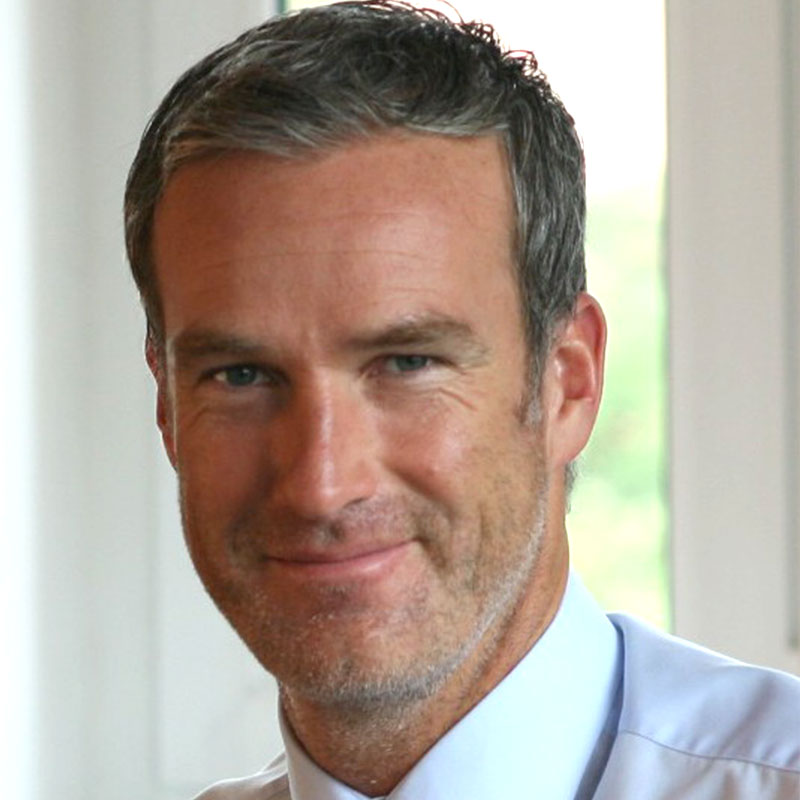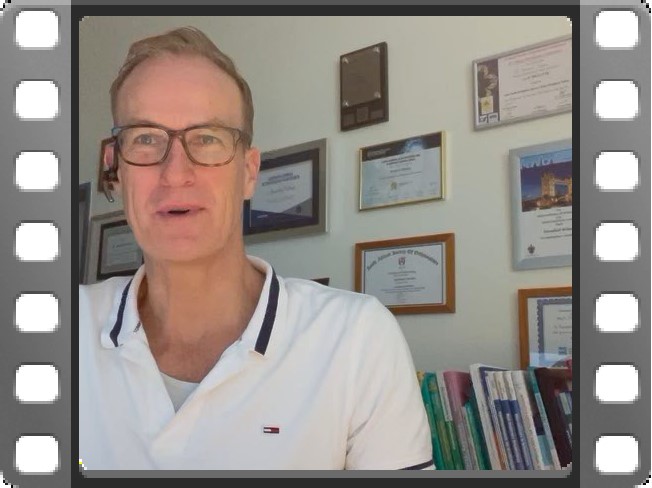Broadening the Scope of Aligner & Lingual Treatment Opportunities by Usage of Palatal TADs.
Prof. Dr. Benedict Wilmes, University of Duesseldorf, Germany.
1 Day Course Content
Aligners and Braces with Auxiliary Anchorage - Course Brochure - Prof Benedict Wilmes
Skeletal anchorage in orthodontics - The Update!
Mini-Implants with different types of abutments and connectors allow the construction of versatile and cost efficient appliances for a large variety of orthopedic and orthodontic applications. Utilizing TAD´s in the anterior palate and the mental region eliminates the risk of root injury and takes the implants out of the path of tooth movement. Interchangeable abutment systems provide the orthodontist with skeletal anchorage that integrates easily into clinical practice and allows treatment of cases that were difficult or impossible to treat previously.
Clear Aligner Therapy and Lingual Braces are nowadays ubiquitous in contemporary orthodontics. However, the predictability of achieving specific tooth movements especially with clear aligners including space closure, distalization and expansion is quite low. The adjunctive use of customised appliances, retained with mini-implants positioned in the anterior palate, provides the clinician the opportunity to realize specific treatment objectives with greater precision and accuracy. They can be used concomitantly, or as an intermediary step prior to the fabrication of clear aligners.
Integration of recent advances in digital technology such as virtual planning of a TAD installation, insertion guides and CAD-CAM design and 3D printing of orthodontic appliances broadens the options significantly.
Learning objectives of the One Day Course:
- Identify best insertion sites for TAD borne appliances
- Identify pros & cons of different designs of TAD borne appliances
- Combine lingual braces and aligners with TAD borne appliances
Detail
- Rationale of using TADs in orthodontic practice
- Mini-implants with abutment
- New digital techniques
- TADs and aligners & lingual braces
- Upper molar distalization, Upper molar mesialization
- Molar anchorage and En-Masse-Retraction
- Rapid palatal expansion and early class III treatment
- Molar uprighting and intrusion
- Alignment of impacted teeth, TADs as Pontics
Lecture Content
How to Combine Mini-Implant Borne Sliders and Expanders with Lingual Braces and Aligners
An increasing number of patients seek aesthetic orthodontic treatment with lingual braces or aligners. Especially with aligner therapy a bodily tooth movement is challenging when relying on aligners alone. Moreover, the potential side effects of intermaxillary elastics must be considered in terms of shift of the anchorage teeth; this might be a severe problem especially in unilateral elastics applications with the potential for development of a midline shift, arch rotation and a jaw discrepancy, and transverse occlusal canting. To avoid this anchorage loss and the high demand on elastic wear, orthodontic mini-implants may be used.
Currently, the alveolar process is still the most preferred insertion site for mini-implants. However, due to a failure rate and the risk of root damage, insertion in the alveolar ridge is far from satisfactory. Other regions such as the anterior palate provide much better conditions for the insertion and stability of skeletal anchorage devices, as the amount and quality of the available bone is far superior. In this lecture, the combination of mini-implant-borne appliances and lingual braces / aligners is presented to achieve more predictable and faster results.
Further Information
Mini-Implants with different types of abutments and connectors allow the construction of versatile and cost efficient appliances for a large variety of orthopedic and orthodontic applications, a system that integrates easily into clinical practice and allows treatment of cases that were difficult or impossible to treat previously. Utilizing TAD´s in the anterior palate eliminates the risk of root injury and takes the implants out of the path of tooth movement.
Improving the predictability of clear aligner therapy with mini-implants.
Clear sequential plastic aligner therapy is ubiquitous in contemporary orthodontics. However, the predictability of achieving specific tooth movements with clear aligners including space closure, distalization and expansion is not absolute. The adjunctive use of customised appliances, retained with mini-implants positioned in the anterior hard palate, provides the astute clinician the opportunity to realize specific treatment objectives with greater precision and accuracy. They can be used concomitantly, or as an intermediary step prior to the fabrication of clear aligners.
Biography
Dr. Wilmes did a postgraduate training in oral surgery at the Department of Maxillofacial Surgery at University of Muenster, Germany. Subsequently, he received a postgraduate degree in orthodontics and dentofacial orthopedics at the University of the Duesseldorf, Germany.
In 2013 he became Professor at the Department of Orthodontics at the University of Duesseldorf. Dr. Wilmes is author of more than 100 articles and textbook chapters. He is reviewer of numerous journals and has held more than 300 lectures and courses in 60 different countries all over the world. His primary interest is in the area of non-compliant and invisible orthodontic treatment strategies (TADs, lingual orthodontics and aligner).
Dr. Wilmes was awarded the First Prize of the German Orthodontic Society in 2007, the First Prize of the European Orthodontic Society in 2009, the First Prize of the German Society for Lingual Orthodontics in 2018, and the Award of the International Academy of Clear Aligners in 2019. Dr. Wilmes is an Active Member of the Angle Society (Eastern Component).


